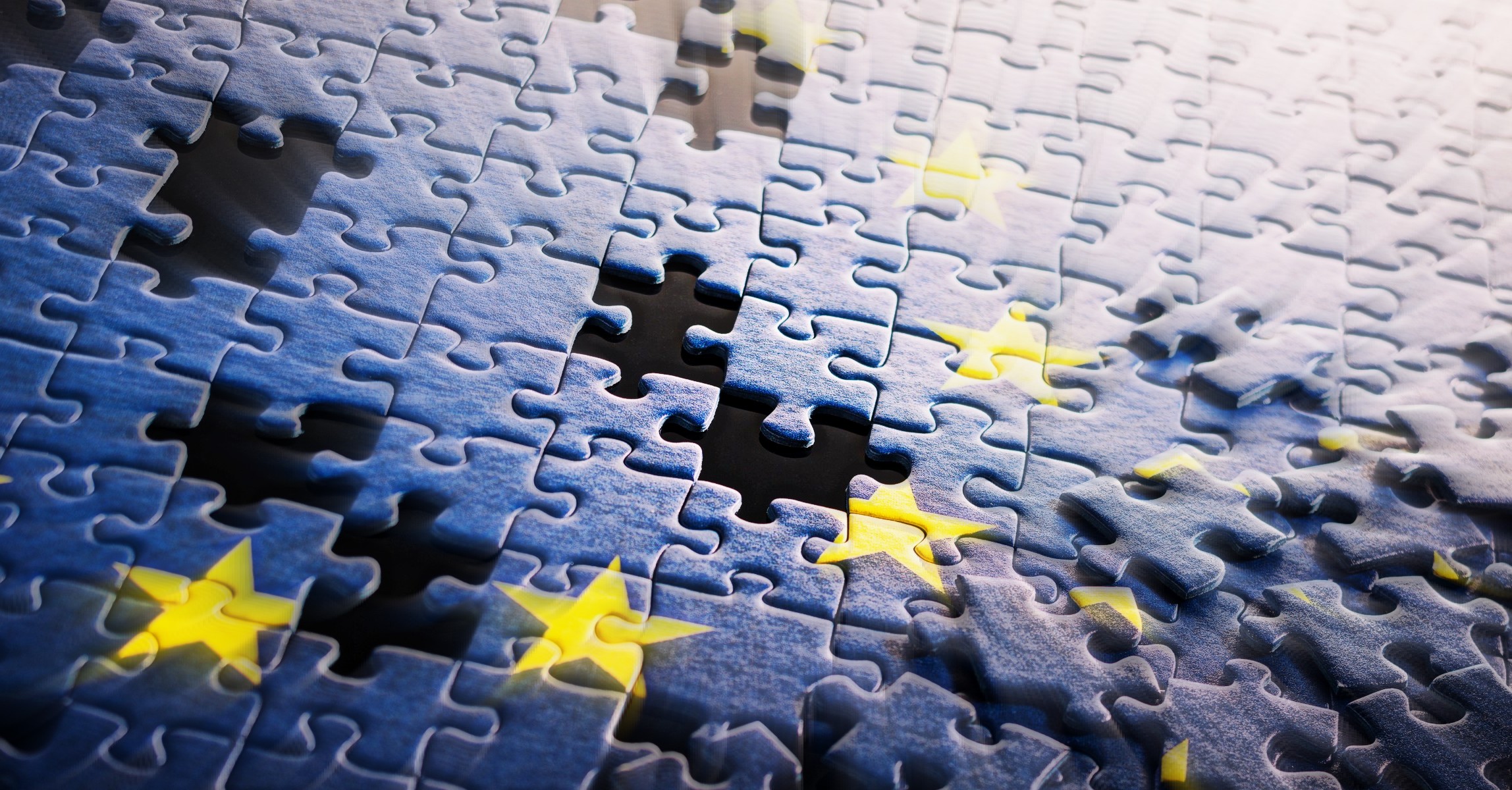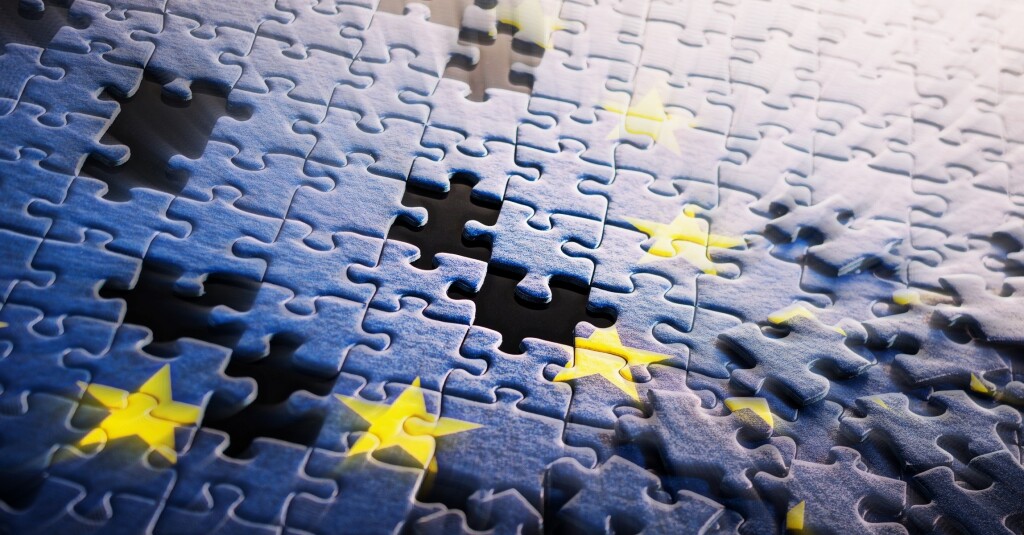What’s new? In a Communication of 26 March 2021, the European Commission published new guidance on the application of the referral mechanism set out in Article 22 of the EU Merger Regulation (“EUMR”). Its new approach supports the referral of certain merger cases to it by national competition authorities (“NCAs”) not having initial jurisdiction over the transaction in certain circumstances.
The Commission’s recent assessment of the existing EU merger control regime led to the conclusion that acquisitions of undertakings with a low turnover at the moment of the transaction but with a high competitive potential in the EU internal market (“Killer Acquisitions”) may escape the merger control review of both the Commission and NCAs due to the turnover-based jurisdictional thresholds. Rather than reviewing the EUMR, e.g. to introduce thresholds based on transaction value, the Commission decided to use the existing referral mechanism set out in Article 22 EUMR to capture such acquisitions not initially in scope of EU or NCA review.
The Communication is applicable in particular to the digital economy and pharmaceutical sector where innovation is an important parameter of competition.
Why is this important? The EUMR is based on the principle of allocation of competences between the Commission and NCAs. Concentrations between large, merging parties having a so-called “EU dimension” in accordance with the turnover thresholds set out in the Merger Regulation are of the exclusive competence of the Commission. All other transactions may be subject to review by NCAs as long as they meet the criteria set out by their respective national merger control regimes.
Article 22 EUMR provides for the possibility to refer a transaction to the Commission that does not have an EU dimension when two cumulative conditions are met: the transaction must (i) affect trade between Member States and (ii) threaten to significantly affect competition within the territory of the Member State(s) making the request. At the origin, the provision was particularly relevant since several Member States did not have their own merger control regime. Today, this is only the case for Luxembourg. In practice, the Commission restricted the application of Article 22 EUMR and discouraged referral requests from NCAs without initial jurisdiction to review the case, considering that such transactions were not generally likely to have a significant impact on the internal market.
The Commission has now decided to stop refusing referral requests on the sole basis that referring NCAs do not have initial jurisdiction. Instead, it sets out several factors to be taken into account in the assessment of whether the transaction meets the criteria laid down in Article 22 EUMR.
What does it mean? The new approach may have significant implications for merging parties, including for transactions affecting the Luxembourg market only. Until now, the lack of a merger control regime in Luxembourg and the absence of powers for the Luxembourg Competition Council to review mergers on their effect on competition, made the reflection on the possibility of referral redundant in practice.
In a press release of 29 April 2021, the Competition Council confirmed that it now has a stronger incentive to make use of the Article 22 EUMR referral mechanism provided the conditions are met.
Depending on the context and rationale of the deal, merging parties have to integrate the possibility of the use of the Article 22 EUMR mechanism when contemplating the terms and timing of a transaction. This exercise goes beyond the verification of whether merger control thresholds are met but implies an analysis of the effects of the transaction on competition on a case-by-case basis, including with regard to the Luxembourg market and the possibility of a referral by the Competition Council. Such an assessment can be difficult in practice, bearing in mind that this provision is characterised by a wide margin of discretion of both the Commission and NCAs. Nevertheless, a large number of cases will not raise concern in view of this new regime either because the context of a Killer Acquisition (i.e. in essence, the fact that the turnover of at least one of the merging companies does not reflect its competitive potential) is not present or merger control thresholds are met in Member States where there could be competition concerns. In the latter case, the use of the Article 22 EUMR referral mechanism was already a possible scenario to take into account.
Although the Commission is of the view that the new guidance increases transparency, predictability and legal certainty, the following key concerns must be noted:
- Lack of legal certainty about the types of transactions potentially in scope
An effect on trade is found when a transaction is liable to have some discernible influence on the pattern of trade between Member States, a criterion relatively easily satisfied. To establish a threat of a significant effect on competition within the territory of the referring Member State, a preliminary analysis must lead to determining a real risk that the transaction may have a significant adverse impact on competition. The Commission cites some classical examples: the creation or strengthening of a dominant position, the elimination of an important competitive force, including the elimination of a recent or future entrant or the merger between two important innovators, the potential to impede access to supplies or markets by competitors or the ability and incentive to leverage a strong market position from one market to another (e.g. through tying or bundling of products or services).
The Commission also provides indications about categories of cases that may constitute suitable candidates for a referral under Article 22 EUMR, such as acquisitions of start-ups with significant competitive potential or undertakings conducting potentially important research or having access to competitively significant assets. The digital and pharmaceutical sectors are mentioned but the regime is not limited to any specific economic sector.
To moderate this uncertainty, the Commission refers to the possibility for the merging parties to inform it about intended transactions in order to receive an early indication of whether their concentration would constitute a potential candidate for referral.
- Lack of clear timeline
The referring NCA must make its request within 15 working days of the transaction being notified to it or, in the absence of a notification, of the date when the transaction was “made known” to it, i.e. when sufficient information was available to make a preliminary assessment as to the existence of the criteria relevant for the assessment of the referral. Hence, merging parties need to consider whether to inform the Commission and/or the NCA(s) about their transaction in order to fix a starting point. Authorities may also be informed about the transaction by third parties without, however, any obligation for them to take action.
- Risk of parallel reviews by the Commission and NCAs
In Article 22 EUMR referral cases, the territorial scope of the Commission’s jurisdiction is limited only to the territories of the Member States having made or joined the referral request, whilst all other Member States retain their national jurisdiction over the case. The final decision of the Commission will relate only to the Member States concerned.
- Risk of delays of transactions not previously caught
The Article 22 EUMR mechanism allows NCAs 15 working days from the moment when the transaction was made known to them to refer the transaction to the Commission. Other NCAs have 15 working days to join the referral request and the Commission has 10 working days to decide whether it will accept the referral.
The “standstill obligation” resulting from EUMR, according to which a transaction cannot be closed as long as it is subject to the Commission’s review, also applies. In addition, Article 22 EUMR can apply post-closing. The Commission indicates that it may accept referral requests up to six months after closing from the moment when “material facts” about the transaction have been made public in the EU. Although the Commission will generally not accept referrals more than six months after closing, this eventuality cannot be excluded.
What’s next? The Commission is currently examining a first case under the new regime following a referral by France to assess a transaction between 2 US companies, the proposed acquisition of GRAIL by Illumina in the area of cancer detection. The transaction does not meet the EU or national merger thresholds. The Commission indicates in its press release that it meets the criteria for referral under the Article 22 (the combined entity could raise prices of or restrict access to certain input products used by other players active in genomic cancer tests, expected to be game-changers in the fight against cancer) and that the target’s turnover does not reflect its competitive significance. It has asked Illumina to notify the transaction and it cannot be implemented before Commission clearance.
Illumina and Grail contested the referral before the French Administrative Supreme Court, which dismissed the appeal, holding that it had no jurisdiction as the referral request could not be separated from the procedure for examining the transaction, conducted by the Commission under the supervision of the Court of Justice of the European Union (“CJEU“). Illumina is now challenging the Commission’s decision to review the transaction before the General Court of the CJEU (Illumina v. Commission, Case T‑227/21).
At Luxembourg level, parliamentary questions were introduced on April 2021 asking the Minister of Economy whether the Competition Council should issue guidelines for merging parties clarifying how it will apply the referral mechanism and whether the introduction of a Luxembourg merger control regime is envisaged.
Luxembourg: 2, place Winston Churchill, L-1340 Luxembourg, Luxembourg.
Hong Kong: Suite 503, 5/F ICBC Tower, Three Garden Road, Central, Hong Kong








